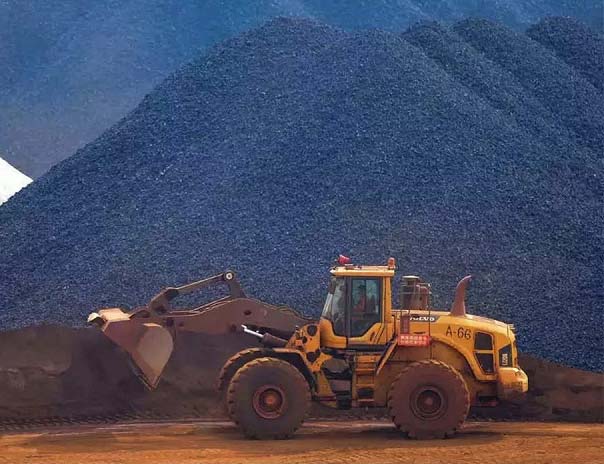
Lithium reserves have been traced in India’s Degana (Nagaur) of Rajasthan, raising hopes of reduced dependence on China, according to a report. The Geological Survey of India (GSI) and mining officials claim that the capacity of lithium reserves found here is higher than the lithium reserves found in Jammu and Kashmir recently.
It is claimed that there is so much lithium here that 80 percent of India’s total demand can be met from here. Till now India is dependent on China for lithium. Now it is believed that China’s monopoly will end and like the Gulf countries, the fortunes of Rajasthan will also rise.
Lithium is a non-ferrous metal, which is used to make mobile-laptop, electric vehicle and other chargeable batteries. India is completely dependent on expensive foreign supplies for lithium. Now GSI has found large deposits of Lithium around Degana. Lithium reserves in Rajasthan have been found in the same Renvat hill of Degana and its surrounding area, from where tungsten mineral was once supplied to the country. During the British rule, the British had discovered tungsten mineral in the year 1914 on the hill of Renwat in Degana.
Before independence, the tungsten produced here was used to make war material for the British Army during the First World War. After independence, it was also used in the field of making surgical instruments in energy and health sector in the country. At that time around 1500 people used to work here. In the year 1992-93, China’s cheap export policy made tungsten coming out of here expensive. Eventually, the production of tungsten was stopped here. This hill, which was inhabited all the time and helped in the development of the country by supplying tungsten for years, became deserted in a single stroke.
During that period, the offices, houses, gardens and even the schools built by the officials of GSI and other government agencies were turned into ruins. Now the lithium coming out of this hill will change the fate of Rajasthan and the country, said officials. Lithium is the world’s lightest metal, needed by every battery-powered device. Lithium is also the softest and lightest metal in the world. Soft enough to be cut with a vegetable knife and light enough to float when put in water. It stores chemical energy and converts it into electrical energy.
Lithium is present in every chargeable electronic and battery-powered gadget in the house today. For this reason, there is a tremendous demand for lithium around the world. Due to the global demand, it is also called White Gold. The global value of one ton of lithium is around Rs 57.36 lakh. Energy transformation is taking place all over the world. Every country is moving fast from fuel energy to green energy. From air crafts, to wind turbines, solar panels, electric vehicles, mobiles and every small and big chargeable device in the house, the use of lithium is increasing.
According to the World Bank report, by the year 2050, the global demand for lithium metal will increase by 500 percent. From this point of view, getting immense reserves of Lithium in Rajasthan is extremely beneficial not only for the state but also for the country’s economy.
The world’s largest lithium reserves of 21 million tonnes are currently in the country of Bolivia. After this, there are also large reserves in Argentina, Chile and America. Despite this, China, which has reserves of 5.1 million tonnes of lithium, continues to have a monopoly in the global market.
India also has to buy 53.76 per cent of its total lithium imports from China. In the year 2020-21, India had imported lithium worth more than Rs 6,000 crore and out of this lithium worth more than Rs 3,500 crore was bought from China. In such a situation, officials believe that the lithium deposits found in Rajasthan are so much that China’s monopoly can be completely end and the country can become self-sufficient in the matter of green energy.









